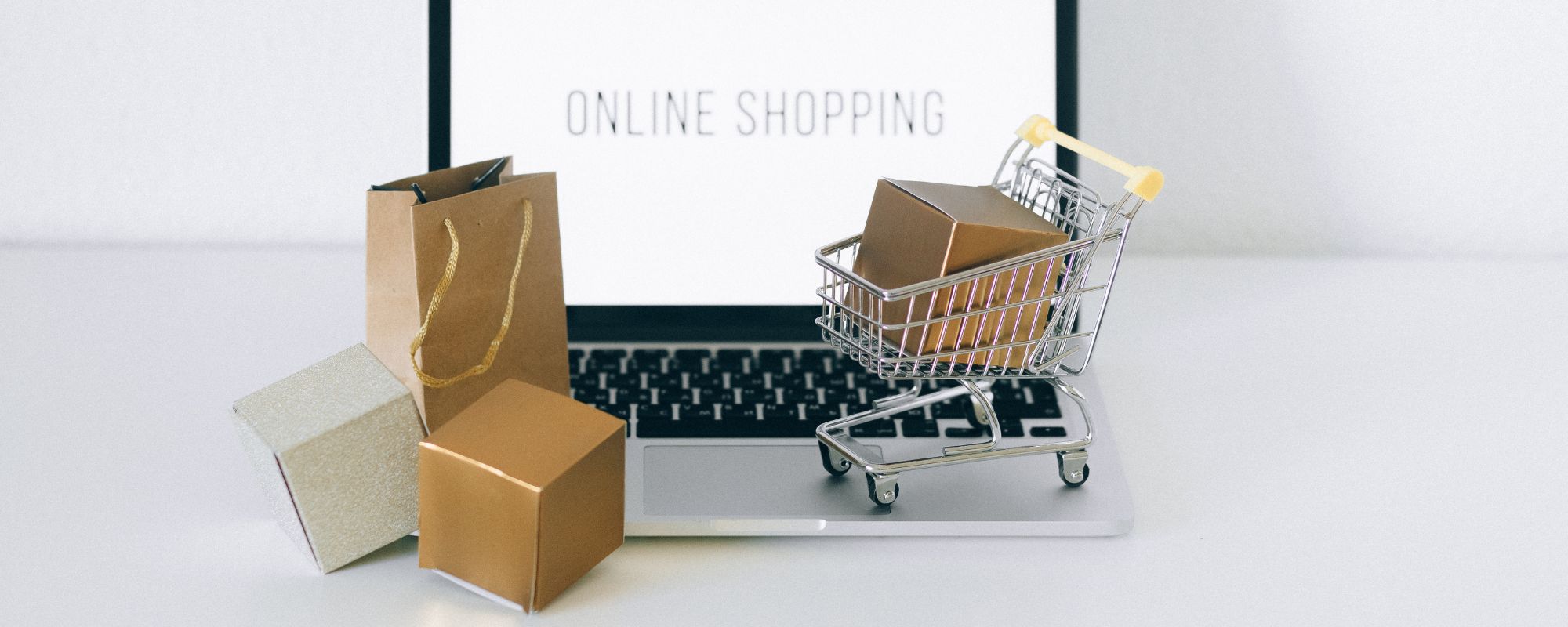Flipkart, the Indian e-commerce giant, has emerged as a leading player in the world of online shopping. With its innovative business model and strategic revenue streams, it has achieved remarkable success in a short span of time. Let’s delve into understanding the Flipkart revenue model and how it achieved its current market standing.
The company’s growth trajectory is attributed to its unique business model and strategic alliances. It raised $1 million from Accel India in 2009, followed by $10 million and $20 million in 2010 and 2011, respectively, from Tiger Global. The major turning point came in 2018 when Walmart, the multinational retail corporation, acquired Flipkart for a staggering $16 billion.

Understanding the Flipkart Business Model
The Marketplace Model
Flipkart operates on a marketplace model, connecting sellers to potential customers. It facilitates transactions between buyers and sellers across multiple product categories, including electronics, clothing, furniture, and more. This business-to-consumer (B2C) model has helped Flipkart cater to a wide customer base, offering a variety of products at competitive prices.
Revenue Generation
The primary source of Flipkart’s revenue is the commission it charges from sellers on its platform. The commission rate varies based on the product category and the seller’s rating. Additionally, Flipkart also charges a minimal convenience fee from sellers for faster delivery services.
Furthermore, Flipkart has its own logistics service, E-kart, which provides delivery services to sellers. This adds another revenue stream to the company.
Advertising and Promotions
Advertisement is another significant revenue source for Flipkart. It provides advertising space to sellers and brands on its platform, enabling them to increase their product visibility and boost sales.
Subscription Services
Flipkart Plus, the company’s subscription-based loyalty program, provides a host of benefits to its members, such as free delivery, early access to sales, and exclusive deals. This not only improves customer retention but also contributes to the company’s revenue.
Financial Services
Flipkart also offers various financial services through its subsidiary, Flipkart Financial Services. This includes working capital loans, insurance, and invoice financing for sellers, generating additional revenue through fees and interest charges.
Flipkart’s Digital Marketing Strategy
Flipkart’s digital marketing strategy plays a crucial role in its success. It uses various channels to promote its products, engage with customers, and drive sales.
Social Media Marketing: Flipkart has a strong presence on social media platforms like Facebook, Twitter, and Instagram, using them to promote products, share customer reviews, and engage with followers.
Search Engine Optimization (SEO): Flipkart invests heavily in optimizing its website for search engines, ensuring higher visibility and better ranking on search engine results pages.
Email Marketing: Flipkart uses personalized emails to keep customers informed about new products, offers, and promotions, thereby improving customer engagement.
Influencer Marketing: Flipkart collaborates with social media influencers and celebrities to promote its products and build brand awareness.
Performance Marketing: Flipkart uses advanced targeting techniques in its search and display advertising to reach the right audience and drive sales.

Additional Revenue Sources
Apart from the primary revenue streams, Flipkart also generates revenue through various other channels:
- Web Portal: Flipkart charges a commission from sellers who use its platform to sell their products.
- Listing & Convenience Fee: Flipkart charges a listing fee from sellers and a convenience fee from buyers for fast delivery.
- Logistics: Flipkart charges sellers for shipping their products through its logistics service, E-kart.
- Digital Media: Flipkart sells advertising space to sellers and brands on its platform.
- Subsidiaries: Flipkart’s subsidiaries, like Myntra, contribute to its overall revenue.
Key Takeaways and things to note from Flipkart Revenue Model
Here’s a summary and list of the revenue streams and things to note from the Flipkart revenue model.
Online Marketplace: The core of Flipkart revenue model is its online marketplace, which connects sellers and customers. Flipkart does not own the products but provides a platform for third-party sellers to reach a vast customer base. It earns a commission on each sale made through its platform, which varies depending on the product category and other factors.
Logistics and Delivery Services: Flipkart generates substantial revenue from its logistics and delivery services. The company ensures timely and efficient delivery of products sold through its platform, charging a fee to sellers for this service.
Advertising: Flipkart also monetizes its platform by offering advertising services to sellers. Sellers can pay to promote their products, thereby increasing their visibility to potential customers.
Private Labels: Flipkart has diversified its revenue stream by launching its private labels across various categories, selling products under its own brand. This move not only boosts profitability but also helps to control product quality.
Subsidiaries and Financial Services: Flipkart has expanded its business by acquiring several subsidiaries, including fashion portal Myntra, digital payments platform PhonePe, and Flipkart Wholesale. These subsidiaries contribute significantly to Flipkart’s overall revenues. Furthermore, the company offers various financial services to its sellers through Flipkart Financial Services.
Exclusive Product Launches and Unique Features: Flipkart differentiates itself from competitors by offering exclusive product launches and unique features. Its value propositions include a wide selection of products, convenience, and accessibility. These factors attract a large customer base, thereby driving sales and revenue.
Gross Merchandise Volume (GMV): Flipkart’s GMV, which is the total value of merchandise sold over a particular period, has been impressive. For instance, during one event, the company achieved a GMV of US$300 million. The largest volumes came from fashion sales, indicating the company’s strong position in this sector.
Acquisitions: Flipkart has grown organically and through acquisitions. By acquiring different online platforms like Myntra and Jabong, the company has expanded its product portfolio and customer base. These acquisitions not only contribute to revenue growth but also strengthen Flipkart’s position in the e-commerce market.
Investments: The company has attracted substantial investments, most notably from Walmart, which bought a 77% stake in Flipkart for US$16 billion. Such investments provide financial backing for Flipkart revenue model to expand its services, innovate, and maintain competitiveness.
Conclusion
Flipkart revenue model and monetization strategies are unique and dynamic, offering valuable insights for e-commerce firms worldwide. The company mainly generates income through commissions, advertising, digital media, and private label products. Its ability to diversify income streams, enhance customer experience, and adapt to changing market trends has considerably contributed to its sustained growth.
Flipkart’s success underscores the importance of innovative, customer-centric approaches in the e-commerce sector. It is a perfect example of a business leveraging digital technologies and data analytics to maximize profitability while providing value to its customers. The learnings from Flipkart’s revenue model can inspire new and existing e-commerce businesses to innovate and adapt in the ever-evolving digital marketplace.












